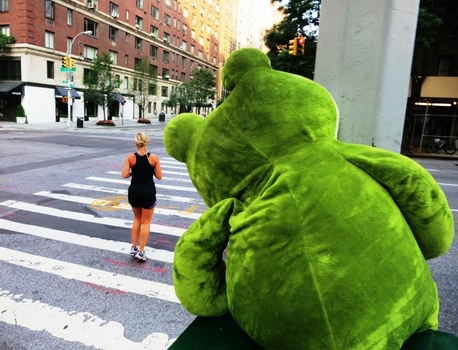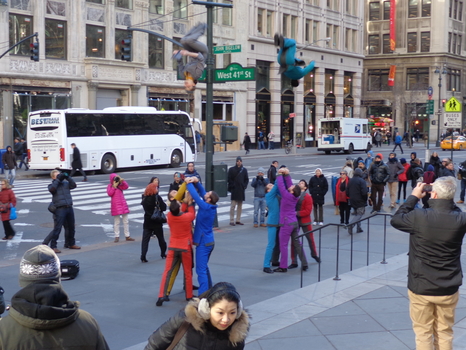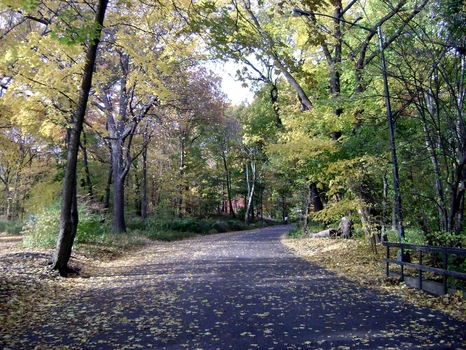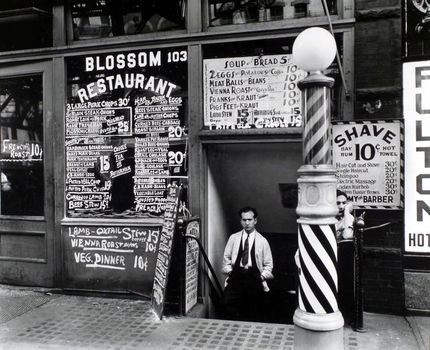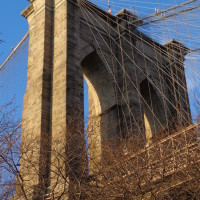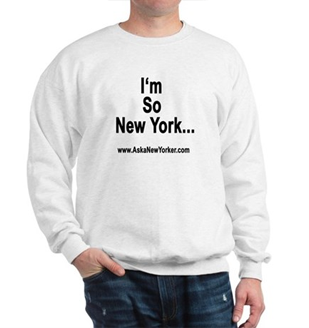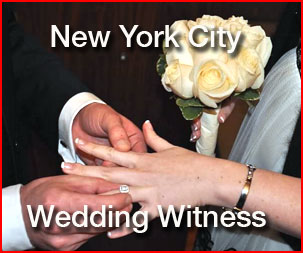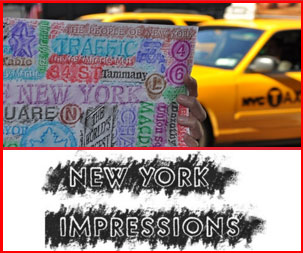Everyone has heard the phrase that all roads lead to Rome. When I first arrived in New York City in 2011, I felt all the literary lines I had been reading through my life had been leading me here. I had never stepped foot in the city, I had never even been within 200 miles of the city, but upon arriving, the city felt familiar. I had been living here all my life, but until I landed in LaGuardia Airport, I had only been living here in my dreams.
One of the first books I checked out from the New York Public Library was Hart Crane’s The Bridge. I discovered Crane’s poetry twenty years ago in an anthology of American Poets where I encountered “Cape Hatteras.” I loved the optimism and courageous honesty of Mr. Crane’s expressions, his mystical romanticism, his lyrical beauty and especially his consoling expressions of devastating heartbreak. For me, the conclusion of “Cape Hatteras” expressed the consummation of Walt Whitman’s conclusion to his “Song of Myself”, which are lines of poetry that never fail to bring me to tears each time I read them. I can always see Crane and Whitman standing hand in hand with their arms outstretched like the graceful lines of the Brooklyn Bridge.
Upon reading the poem in New York City, I discovered the poem anew. Certainly I could recognize the snatches of passing dialog and the flashing of advertisement in the rush of Times Square, but I was completely oblivious to the numerous references to the city such as Prince Street and the Bowery, to name a couple. I discovered that Crane was playing the island of Manhattan like a musical instrument, strumming the lines of streets and avenues to accentuate the particular moods of the expressions with the characters of the neighborhoods.
One of the most striking instances is in “Cutty Stark” where the Bowery is mentioned in a dejected morning where dawn lights the day to reveal the loneliness of the poet. Before arriving in New York, I had never realized that Bowery Street had been skid road.
Now, sauntering through the Bowery, I envision the figure of Hart Crane strolling through the night, living a life filled with music, alternating between rapture and despair. The street has certainly changed through the past 80 years, but there was one sight that was conspicuously absent while Mr. Crane lived and sang in this city, that is the stolid figure of the Empire State Building. Then I remind myself, unless someone is considering the “wilderness of freight and rail,” Mr. Crane never cared much for empires. What he saw was a Bridge.
Garrett Buhl Robinson is a poet and novelist living in Queens. His website can be found at garrettrobinson.us.


